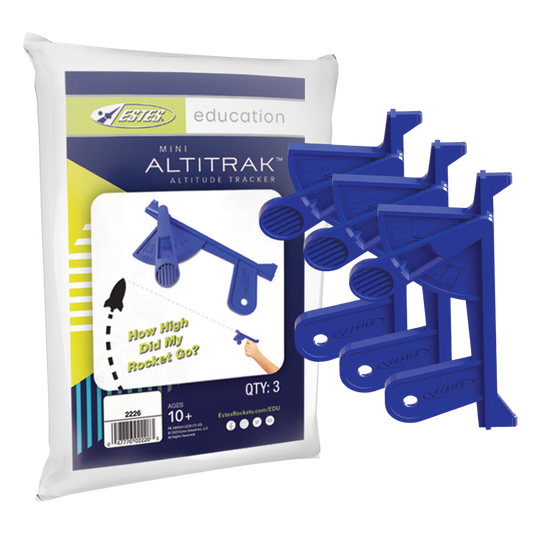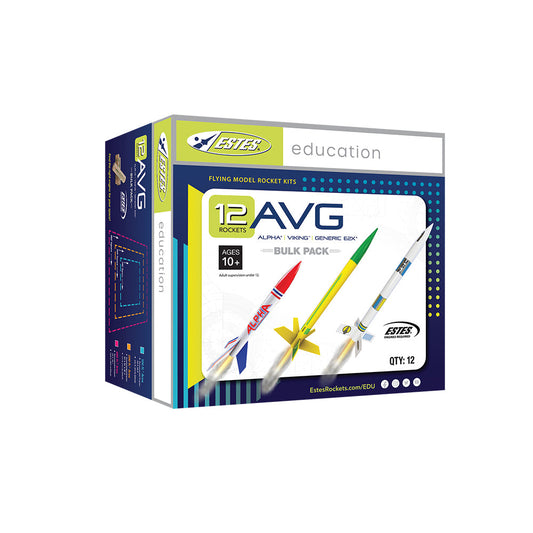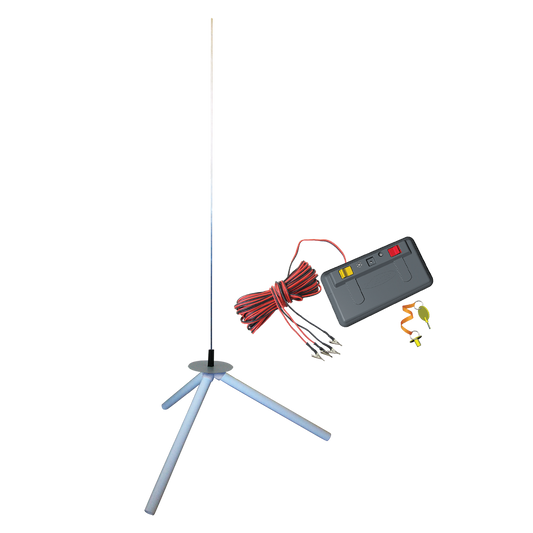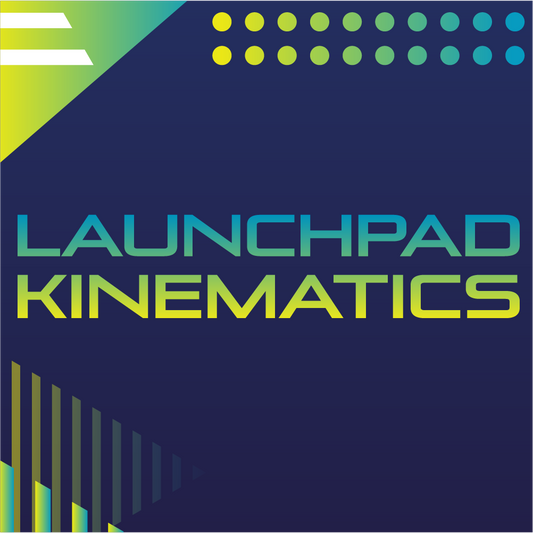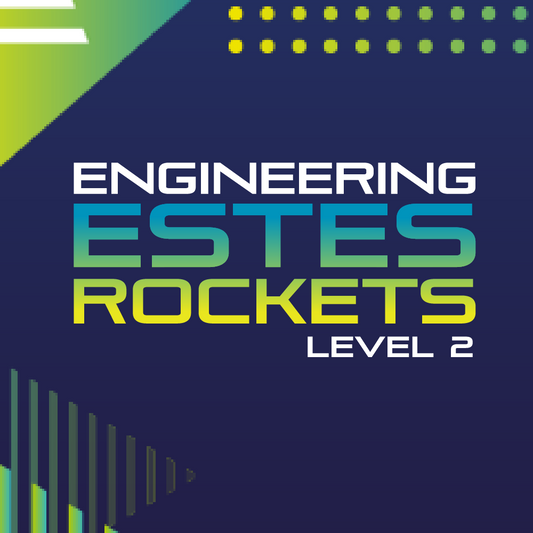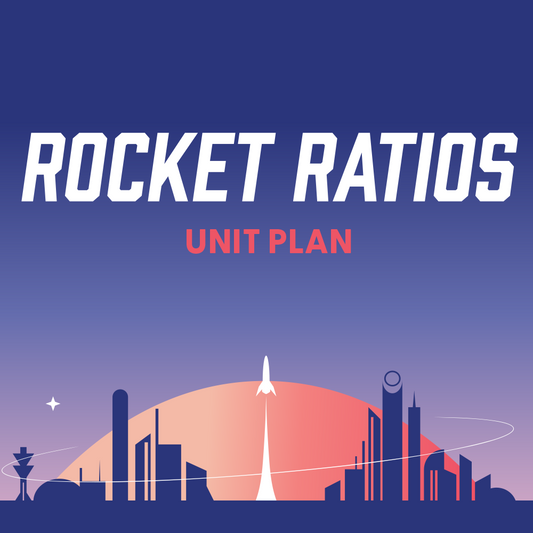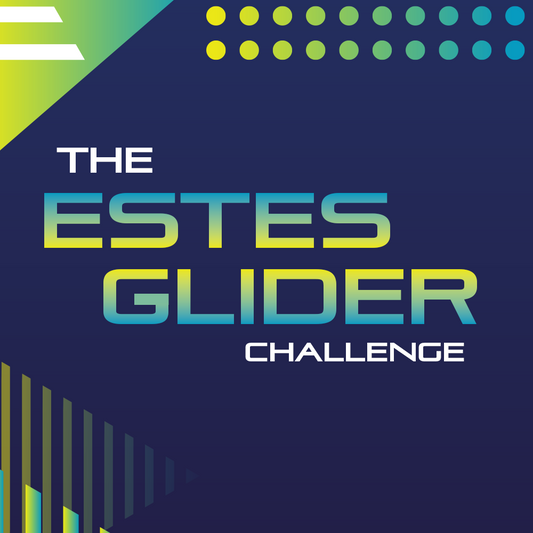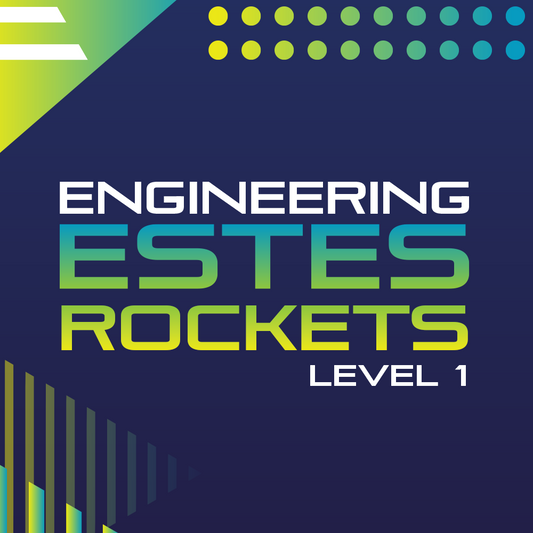GRADE 6
CCSS.MATH.CONTENT.6.EE.A.1
Write and evaluate numerical expressions involving whole-number exponents.
CCSS.MATH.CONTENT.6.EE.C.9
Use variables to represent two quantities in a real-world problem that change in relationship to one another..
CCSS.MATH.CONTENT.6.SP.B.5
Giving quantitative measures of center (median and/or mean) and variability (interquartile range and/or mean absolute deviation), as well as describing any overall pattern and any striking deviations from the overall pattern with reference to the context in which the data were gathered.
GRADE 7
CCSS.MATH.CONTENT.7.RP.A.1
Compute unit rates associated with ratios of fractions, including ratios of lengths, areas and other quantities measured in like or different units.
CCSS.MATH.CONTENT.7.RP.A.2
Recognize and represent proportional relationships between quantities.
CCSS.MATH.CONTENT.7.RP.A.2.A
Decide whether two quantities are in a proportional relationship.
CCSS.MATH.CONTENT.7.RP.A.2.B
Identify the constant of proportionality (unit rate) in tables, graphs, equations, diagrams, and verbal descriptions of proportional relationships. .
CCSS.MATH.CONTENT.7.EE.A.1
Apply properties of operations as strategies to add, subtract, factor, and expand linear expressions with rational coefficients.
CCSS.MATH.CONTENT.7.EE.A.2
Understand that rewriting an expression in different forms in a problem context can shed light on the problem and how the quantities in it are related.
CCSS.MATH.CONTENT.7.EE.B.3
Solve multi-step real-life and mathematical problems posed with positive and negative rational numbers in any form (whole numbers, fractions, and decimals), using tools strategically.
CCSS.MATH.CONTENT.8.EE.B.5
Use functions to model relationships between quantities.
CCSS.MATH.CONTENT.8.F.B.5
Describe qualitatively the functional relationship between two quantities by analyzing a graph.
HIGH SCHOOL
CCSS.MATH.CONTENT.HSG.SRT.C.8
Use trigonometric ratios and the Pythagorean Theorem to solve right triangles in applied problems.

